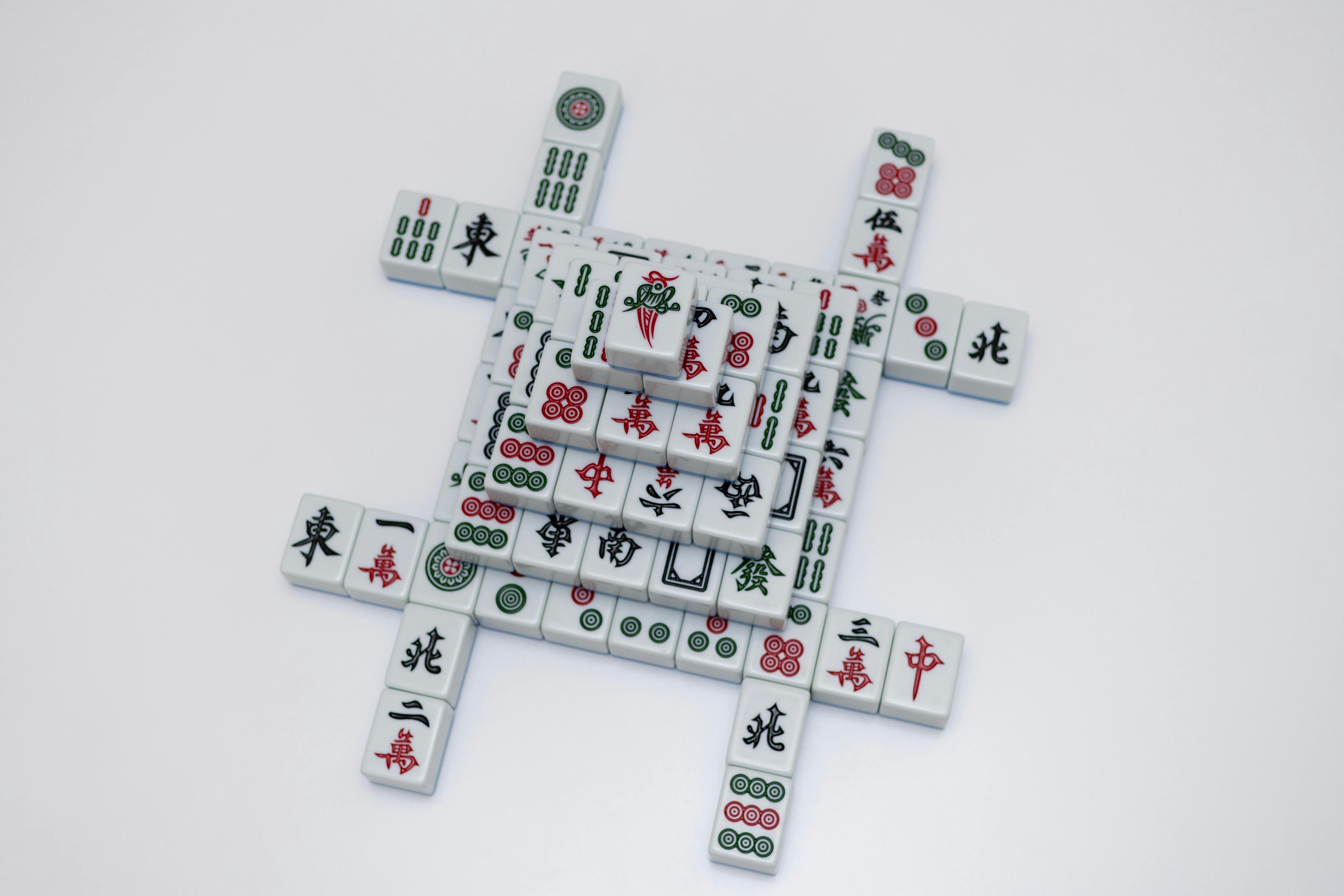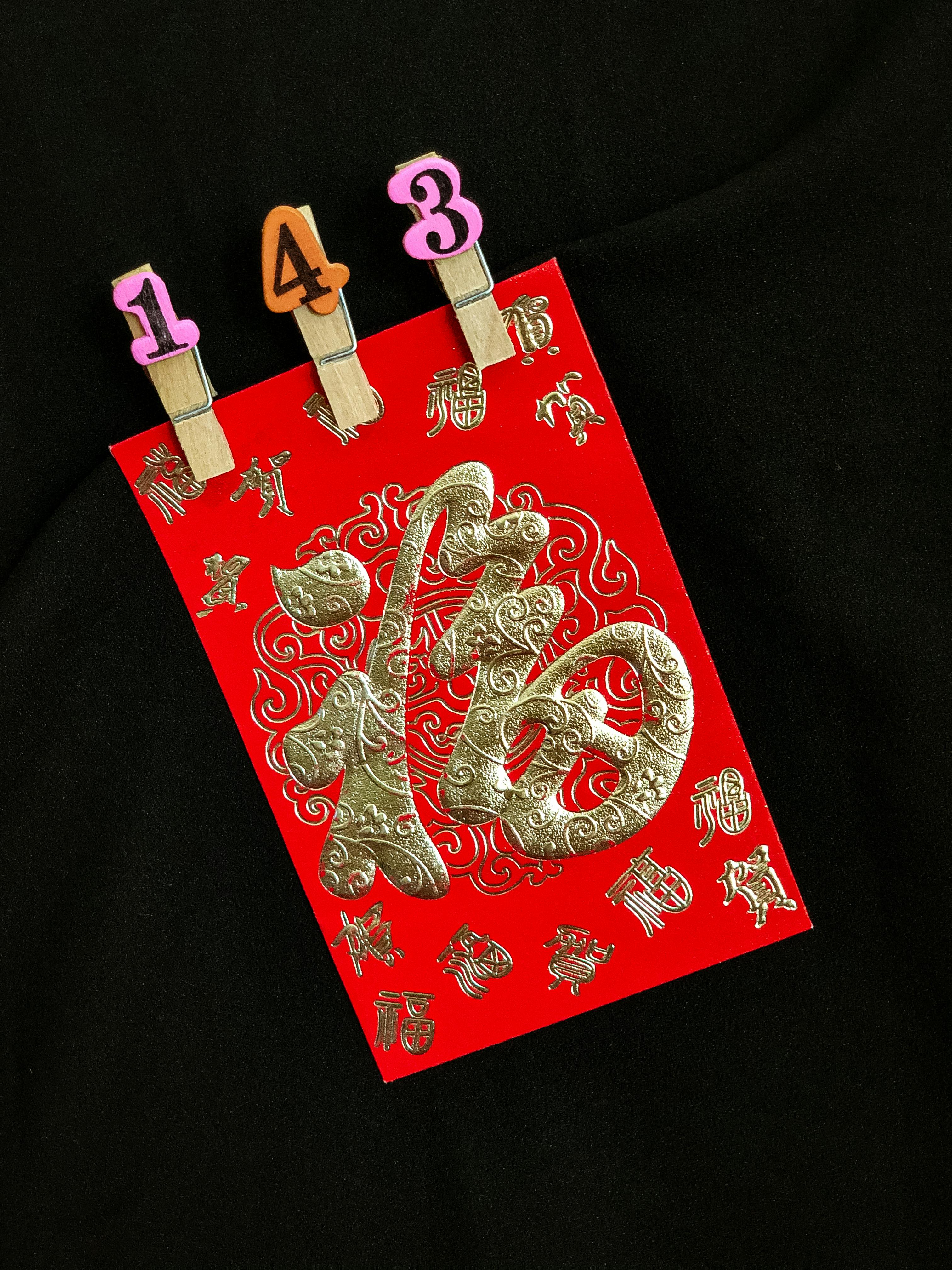
Introduction
Ready to delve into the fascinating world of Mahjong while mastering Chinese numbers 1-10? Mahjong, a quintessential game in Chinese culture, offers an engaging and immersive way to learn Mandarin. Understanding the Chinese numbers 1-10 is not only crucial for basic communication in Mandarin but is also essential for playing this iconic game. In this guide, we'll explore the importance of numbers in Mahjong, the Chinese characters for numbers 1-10, their pronunciation, and their role in the game. We'll also discuss how the digital learning platform, Traverse, can help you learn Chinese numbers more effectively through Mahjong, and share some practical strategies for mastering them. So, let's get started and open the door to a new learning adventure!
The Importance of Numbers in Mahjong
Mahjong, a game that has weaved its way through the fabric of Chinese culture, is more than just a pastime—it's a fun and engaging way to immerse yourself in the language. At the heart of this classic game lies a fundamental learning pillar: numbers. Recognizing and understanding Chinese numbers are essential skills in mastering the strategic intricacies of Mahjong.
A Game of Numbers
In Mahjong, each player starts with 13 tiles, aiming to form a hand with standard combinations of tiles. The game involves a total of 144 tiles, which include the circle, bamboo, and character suites, each numbered from one to nine. Be it drawing a new tile, discarding one, or completing a set, numbers play a significant role in the game. The numbers on the tiles don't merely represent the tile's value but drive the game's strategy, influencing every move you make.
Learning by Playing
The beauty of learning Chinese numbers through Mahjong is that you're not just memorizing numbers—you're using them actively. This real-world application not only helps reinforce the memory of the numbers but also provides a context that aids understanding. Engaging in a game of Mahjong means you're counting in Chinese constantly, whether you're deciding to do 12 push-ups or counting 36 steps up to your apartment.
A Gateway to Chinese Culture
Playing Mahjong is more than just a number-crunching exercise. It's a gateway into the intricate world of Chinese culture. The social aspect of the game allows you to interact with native speakers, providing an immersive language learning experience. It's a fun, rewarding, and interactive way to learn and remember Chinese numbers.
In the upcoming sections, we'll delve into the Chinese characters for numbers 1-10, their pronunciation, and their role in Mahjong. We'll also explore how you can leverage Mandarin Blueprint, an online Chinese course, to enhance your learning experience. So, ready to count your way to Chinese language mastery? Let's dive in!

Understanding Chinese Numbers 1-10
Counting in Chinese is like collecting keys to a secret language. It’s a skill that, once mastered, will open up endless opportunities for conversation, not only in daily life but also in games like Mahjong. To help you unlock this linguistic treasure, let's decipher the Chinese characters for numbers 1-10 and their pronunciation.
The Chinese Characters for Numbers 1-10
The Chinese number system is logical and straightforward, which is great news for language learners. It’s based on a decimal system, just like in English, with the numbers 1-10 serving as the building blocks for all other numbers. Here are the Simplified Chinese characters for numbers 1-10:
1 - 一 (yī)
2 - 二 (èr)
3 - 三 (sān)
4 - 四 (sì)
5 - 五 (wǔ)
6 - 六 (liù)
7 - 七 (qī)
8 - 八 (bā)
9 - 九 (jiǔ)
10 - 十 (shí)
As you can see, the characters for these numbers are remarkably simple, especially for the digits 1-3 which are represented by corresponding horizontal lines. The character for ten (十) may be thought of as a cross or plus sign, symbolizing the completion of a full count.
Pronunciation of Chinese Numbers 1-10
Getting the pronunciation right is equally as important as recognizing the characters. Chinese is a tonal language, which means the tone in which a word is spoken can change its meaning. You wouldn’t want to mix up six (liù) with the Chinese word for "stream" (liú), would you?
Here's a quick guide to pronouncing Chinese numbers 1-10:
1 - yī (like "ee" in "see")
2 - èr (like "are" in "care")
3 - sān (like "sawn" in "dawn")
4 - sì (like "suh" in "supper")
5 - wǔ (like "woo" in "wood")
6 - liù (like "leo" in "Leonardo")
7 - qī (like "chee" in "cheese")
8 - bā (like "bah" in "Bahamas")
9 - jiǔ (like "joe" in "Joseph")
10 - shí (like "she" in "sheep")
Practice these numbers regularly, integrating them into your daily life when counting, and soon they'll roll off your tongue as naturally as English numbers do. In the next section, we'll explore how these numbers are used in the captivating game of Mahjong. So stay tuned!

The Role of Chinese Numbers 1-10 in Mahjong
Imagine playing a game that not only entertains but also helps you learn Mandarin! That's right, the ancient Chinese game of Mahjong can be a fantastic tool to master Chinese numbers 1-10. Let's dive into the intriguing world of Mahjong and explore how numbers play a crucial role in the game.
The Character Tiles
In a standard Mahjong set, there are 36 Character tiles, also known as Wan Zi. These tiles are divided into four sets of 9 tiles each, with each tile representing Chinese numbers 1-9. Each number is expressed using a unique Chinese character. It's like playing a game and learning Chinese numbers simultaneously!
The Circle Tiles
Next, we have the Circle tiles or Tong Zi. Just like the Character tiles, there are 36 Circle tiles divided into four sets of 9. Each tile represents a number from 1-9, with the number of circles on the tile indicating the value. For example, a tile with three circles represents the Chinese number three (sān).
The Bamboo Tiles
Finally, we have the 36 Bamboo tiles or Suo Zi. These tiles are also divided into four sets of 9 tiles, each of them representing Chinese numbers 1-9. The Bamboo tile number one, known as "the Sparrow," is distinct from the other tiles. This uniqueness makes it difficult to cheat by adding strokes to it to make it appear like another tile.
Recognizing these tiles and their corresponding numbers can be a fun and engaging way to master Chinese numbers 1-10. The next time you play Mahjong, remember, you're not just playing a game, but also embarking on a journey to learn Mandarin more effectively! Stay tuned as we reveal how Traverse can aid your journey in learning Chinese numbers through Mahjong.
Learning Chinese Numbers 1-10 through Mahjong with Traverse
How Traverse Helps in Learning Chinese Numbers
Turn your Mahjong gaming sessions into a memorable Mandarin learning journey with the power of science-backed methods. Traverse aids in this process by helping you to create a mind map, a whiteboard as infinite as your brain, where you can organize your ideas and notes about the Chinese numbers. Each tile in Mahjong can be turned into a note, a flashcard, or a piece of knowledge that is color-coded and grouped for easy reference.
Traverse's smart flashcards employ spaced repetition and active recall, two scientifically proven methods to enhance long-term memory retention. In the context of Mahjong, this means reviewing the Chinese numbers on the tiles just when you are about to forget them, thus reinforcing the memory.
Importing Anki Decks for Continued Learning
To further boost your learning, Traverse also offers the option to import directly from Anki, a flashcard-based learning tool. This means you can bring in your existing Mahjong-related flashcards, or perhaps a deck dedicated to Chinese numbers, and integrate them into your Traverse mind map. This seamless integration ensures a smooth and uninterrupted learning journey.
Partnering with Mandarin Blueprint for Effective Learning
Traverse also partners with Mandarin Blueprint, an online course focused on character learning and immersion learning. This collaboration offers you a comprehensive learning experience, where you can understand the context and usage of Chinese numbers, not just in Mahjong, but also in real-life situations. Exploring the nuances of Mandarin is no longer a daunting task, but a thrilling adventure, thanks to the combined power of Traverse and Mandarin Blueprint.
Remember, each game of Mahjong you play is not just a game, but a unique opportunity to learn and master Chinese numbers. And with Traverse by your side, you're never alone in your learning journey. Enjoy the game, and happy learning!
Strategies to Master Chinese Numbers 1-10 in Mahjong
Ready to turbocharge your learning of Chinese numbers through the game of Mahjong? Let's dive right into it! Here are some proven strategies to help you master Chinese numbers 1-10 in Mahjong.
Playing Mahjong with Native Speakers
There's no better way to learn a language than immersing yourself in it, and playing Mahjong with native Chinese speakers is a fantastic opportunity for immersion. As you play, you'll hear numbers being called out, helping you to reinforce your auditory recognition of Chinese numbers. The game also offers a chance to practice your pronunciation and pick up cultural nuances that you might miss in a classroom setting. It's not just about winning the game, it's about winning at language learning!
Using Word Lists to Learn Chinese Numbers
Word lists are a handy tool for learning a new language. They allow you to focus on specific sets of vocabulary, in this case, Chinese numbers. You can create a custom flashcard deck with the Chinese numbers 1-10, including their pinyin and character forms, and use them to test your recall and recognition.
In Mahjong, the numbers 1-9 are integral to the game, so focus on these first. You can find these numbers on the character, circle, and bamboo tiles. Practicing with these flashcards will not only strengthen your grasp of these numbers but also give you a solid foundation for playing Mahjong.
Scoring in Mahjong: A Practical Application of Chinese Numbers
Scoring in Mahjong offers a practical application of Chinese numbers, making your learning experience more engaging and relevant. It's not just about memorizing numbers—it's about applying them in a real-world context.
When you play Mahjong, you need to keep track of your points and the points of your competitors. This requires quick mental arithmetic and constant usage of Chinese numbers. By calculating your scores in Chinese, you'll be practicing your numbers in a dynamic and interactive way.
The strategies above will help you master Chinese numbers 1-10 in a fun and engaging way. By playing Mahjong with native speakers, using word lists, and applying numbers through scoring, you're transforming a traditional game into an effective language learning tool.
Remember, learning is a journey, and every game of Mahjong you play is a step forward in mastering Chinese numbers. So grab your Mahjong set, join a game, and start practicing your numbers today! And don't forget to check out the Mandarin Blueprint course for a comprehensive approach to learning Mandarin. Happy learning!
Conclusion
Mastering Mahjong and Chinese numbers 1-10 doesn't happen overnight, but every tile you pick up brings you one step closer to fluency. The game of Mahjong, an integral part of Chinese culture, not only allows you to practice your number recognition but also provides a unique window into the Chinese way of thinking and living.
Remember, learning Mandarin is not just about memorizing characters and tones. It's about immersing yourself in the culture, engaging with native speakers, and making learning a fun and rewarding experience. And what better way to do that than with a game of Mahjong?
The tools and strategies we've discussed in this guide are designed to help you make the most of your learning journey. Whether it's playing Mahjong with native speakers, using word lists to learn Chinese numbers, or leveraging the power of digital learning platforms, there's a method to suit every learner.
Making the smart move to learn Chinese can open up a world of opportunities for you. Plus, as our friends at Mandarin Blueprint have shown, the path to learning Mandarin can be a fun and engaging one.
Whether you're a beginner or an advanced learner, a casual player or a Mahjong enthusiast, remember that every game you play, every character you learn, brings you one step closer to mastering Chinese numbers. So pick up those tiles, start playing, and let the world of Mahjong guide you on your path to Mandarin mastery. You've got this!
In the words of a famous Chinese saying, "学海无涯" - the sea of learning has no boundaries. So keep learning, keep playing, and enjoy the journey!


